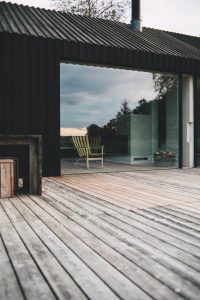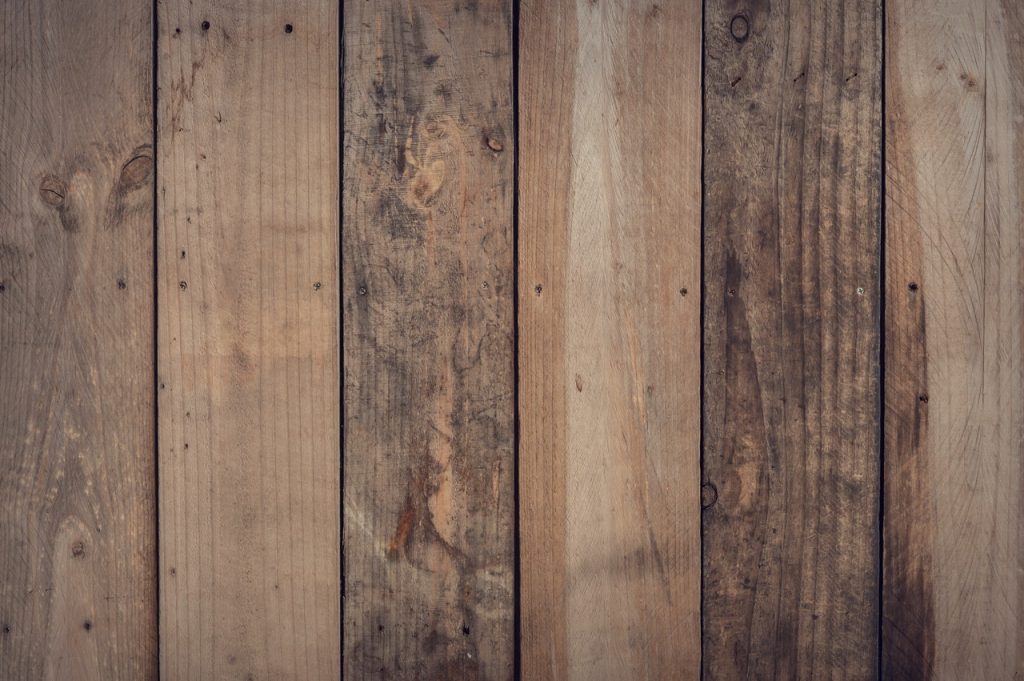Are you finding the wood decking you installed outside is starting to turn grey? Or your amazing external timber cladding feature wall is starting to lose its original impact? It can be a little sad and disheartening to sit and watch your beautiful timber turn to a shade of grey. Of course greying is an inevitable part of ageing, just like our hair greys with age! However when it comes to greying timber, there’s no need to start all over again, there are lots you can do to improve its appearance.
Why is my timber turning grey?
Sunlight
Did you know that sunlight can produce a chemical reaction with the wood’s cellulose that is responsible for the timber changing colour? Radiation from the sun’s UV rays will start to break down the cellulose, which will then cause chemical degradation. The result of this is the wood will start changing from the original raw colour to a grey, silvery sheen.
Pollen, dirt, and dust
Any type of outdoor surface from your sidewalk to your outside table will suffer from environmental factors like dirt, dust and pollen. These elements can change your timber’s appearance dramatically. If you think about how an area such as decking gets used so frequently, each time that you are walking on the decking, washing it, and leaves and pollen are sticking to it, it will start to change colour and be darkened by the debris.

Softwoods
Unfortunately with any softwoods like cedar and yellow pine, when the colour starts to turn grey it’s a sign they are suffering. If you can see any splitting, cupping, bowing and splintering, then you will need to replace the timber. If you prefer to use softwoods, then it is our recommendation that you stain and seal the wood on an annual basis to increase the lifetime of the timber.
Hardwoods
Durable hardwoods won’t really be affected when they start to turn grey. Hardwood is very dense, so when it starts to turn grey, the oils in the timber will help to keep the product smooth and stable. If you decide to leave your timber cladding or decking untreated, then it is likely to appear seasoned and sophisticated. It will also remain very smooth and flexible as it was first machined for years to come.
What can be done about greying wood?
If you feel it’s time for a full refresh and the timber is past its prime you may choose to replace it, however its lilley that it can still be saved. You will need to refinish it. It is easy to find a sealant for softwoods that can renew the colour and help to protect it. Products such as Sikkens or Penofin should help do the job. Now hardwood can be a little harder as you need to go with a UV inhibiting oil such as Ipe oil. Make sure when adding the oil to a hardwood deck that you wipe off the excess oil after fifteen minutes.
If your decking or exterior wall is made from softwoods, they will start to break down if they don’t have a sealant put on them each year. Deciding on which sealant to use will depend on the look you are wanting to achieve, as well as what time and money you are willing to put into the maintenance of the wood. If you have a large area and don’t want to attempt refinishing yourself, many professional services are more than happy to come and refinish your deck for you. They may also be able to offer some future maintenance advice.
Alternatively, if you don’t mind the greying look and your deck is made from hardwood, then you might choose to leave it alone. Weathering isn’t always a bad thing, but it will depend on your personal preference. It will still last over a decade in terms of durability. The hardwood density will allow for the greying wood to keep its structure and integrity even once the natural colour has completely gone.
